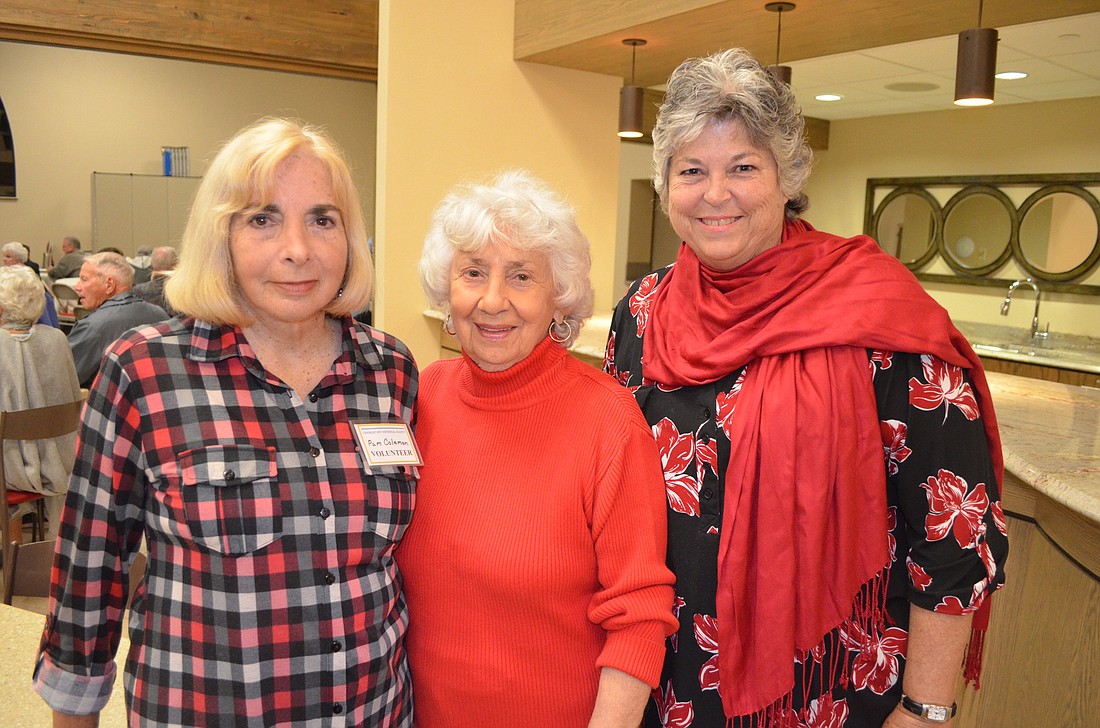- April 19, 2024
-
-
Loading

Loading

When the Sarasota Dolphin Research Program began in 1970, its scientists did not know whether dolphins stay in the same place or move throughout the Gulf of Mexico. It turns out, dolphins stay close to home.
“We found out that the animals didn’t range very far,” said Sarasota Dolphin Research Program Director Randall Wells, speaking to the Longboat Key Historical Society Jan. 15. “It opened all kinds of doors up.”
Wells, who is based at Mote Marine Laboratory and works for the Chicago Zoological Society, said that since 1977 scientists have tallied 45,250 sightings of dolphin groups, 520,000 archived photographs and 5,440 individual dolphins. The study has accounted for 96% of dolphins in Sarasota Bay. The current community of approximately 160 dolphins in the bay spans up to five concurrent generations.
The dolphins in the study were originally tagged, but researchers discovered they could use natural marks on the dolphins to discern them from one another. The notches on a dolphin’s fin are much like a human’s fingerprint — each one is unique.
Dolphins also have their own specific signature whistles, which they can use to communicate to each other. These whistles are the equivalent of the dolphins’ names.
“Dolphins can call others’ names and their own name,” Wells said. “They use these sounds to interact in normal life.”
Sarasota Bay is home to the oldest known bottlenose dolphin in the world, Niklo, who is 65.
Sarasota bottlenose dolphins do not live in families or pods. They travel in groups of four to seven at any given time, but the groups are fluid and change members.
Adult male dolphins form a strong bond with another male dolphin when they reach sexual maturity. Ninety percent of males form a pairing like this in their lifetime, and they stay together until death.
Although many of the studied dolphins have thrived since the beginning of the program, others have suffered and died at the hands of humans. About half of the dolphins’ deaths are due to natural causes. Other causes of death include crab traps, nets, boats and recreational gear entanglement and ingestion. More than one-fourth of dolphin deaths in the bay are the result of humans.
Wells considers gear entanglement and ingestion to be the biggest threat to local dolphins.
It is also important for people not to feed wild dolphins, Wells said. Doing so encourages the dolphins to continue approaching boats, which leads to accidents and injuries for dolphins and humans.
“These animals are wild, and they need to be kept that way,” Wells said. “We need to respect the animals and their home.”